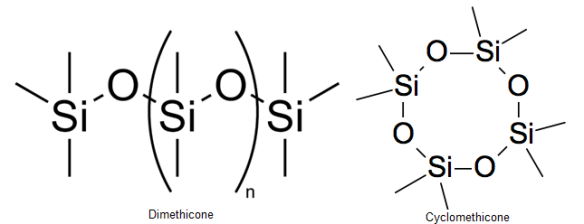Today I wanted to do another lip product and I choose the Lip Glazes from Face Atelier.
FACE Atelier Lip Glazes are available in 10 beautiful and versatile colors: Clear, Ice, White Gold, Flamingo, Peach, Cameo, Dianthus, Primrose, Plum and Shiraz and come in generous tubes of 15 ml/.5 fl.oz. at € 21,50. An enduring industry staple!
What’s in the product?
Polybutene, Octyldodecanol, Petrolatum, Beeswax, Ozokerite, BHA, Trihydroxystearin, Ascorbyl Palmitate, Tocopheryl Acetate, Butyrospermum Parkii, Silica, Methylparaben, Propylparaben, Retinyl Palmitate, Squalene.
May Contain: Titanium Dioxide, Iron Oxides, Mica, Carmine, Red 7 Lake, Red 6 Lake, Red 30 Lake, Red 33 Lake, Red 27 Lake, Red 28 Lake, Red 36 Lake, Red 21 Lake, Yellow 5 Lake, Blue 1 Lake, Tin Oxide, Calcium Aluminium Borosilicate.
Polybutene is a polymer that is used for lubrication and thickening. It ensures that the application is even and smooth. Octyldodecanol is an alcohol, which is a surfactant. It is used as a thickener and emulsifier. It also gives the product a bit of opacity and provides lubrication. Petrolatum can form a film and is also used as a thickner. Beeswax is a thickening agent with some moisturizing capacities. It is made by bees, so this product isn’t vegan. Ozokerite is a mineral that is a thickening agent.
BHA, betà hydroxy acid, also known as salicylic acid (aspirin is acetylsalicylic acid, and thus closely related), is an exfoliant which is probably used in a concentration of 0,5 to 2%. BHA has the ability to penetrate into the pore, and therefore can exfoliate inside the pore as well as on the surface of the skin. Trihydroxystearin is a mixture of fatty acids and glycerin and is used as a moisturizer and thickening agent. Ascorbyl Palmitate is the stable form of Vitamin C, and acts as a anti-oxidant. Tocopheryl Acetate is also a vitamin and anti-oxidant, Vitamin E. Butyrospermum Parkii, also known as Shea Butter and should be listed as Vitellaria paradoxa, is a thick butter that is renowned for it’s moisturizing properties, but can be used as a thickener as well. Silica, a mineral is used as a thickener.
Methylparaben and Propylparaben are the preservatives which stop the formula from going rancid. They are the most safe and effective preservatives. Retinyl Palmitate is better known as Vitamin A, an anti-oxidant and Squalene is an oil which could be derived from sebum, plants (mostly olives) or shark liver. It’s a natural component of the skin, and thus can moisturize the skin. It also has antioxidant and immune stimulating properties.
Now onto the “may contain” list. Keep in mind that the ingredients in this section are added in such low quantities, that is has no other effect than to color the product. For instance, Titanium Dioxide has some thickening properties, but because of the low concentration, it only acts as a white pigment. Same for iron oxides, a group of chemical compounds with have range of colors such as yellow/orange/red/brown/black. Mica is white as well. Carmine (derived from bugs), Red 7 Lake, Red 6 Lake, Red 30 Lake, Red 33 Lake, Red 27 Lake, Red 28 Lake, Red 36 Lake, Red 21 Lake are pigments used for their red color, Yellow 5 Lake is yellow, Blue 1 Lake is blue, Tin Oxide can give the product, in stable form a blue-black color or in metastable (the stability is long, but not infinte) a red color. Calcium Aluminium Borosilicate is another preservative.
It is a bit weird is that a polymer is the major ingredient. No water or any kind of (cheap) oil is used as a carrier for the other ingredients, but then again, based on the ingredientlist, this is a quite a thick liquid, so I shouldn’t be surprised.
Until next time,
Dymphy






